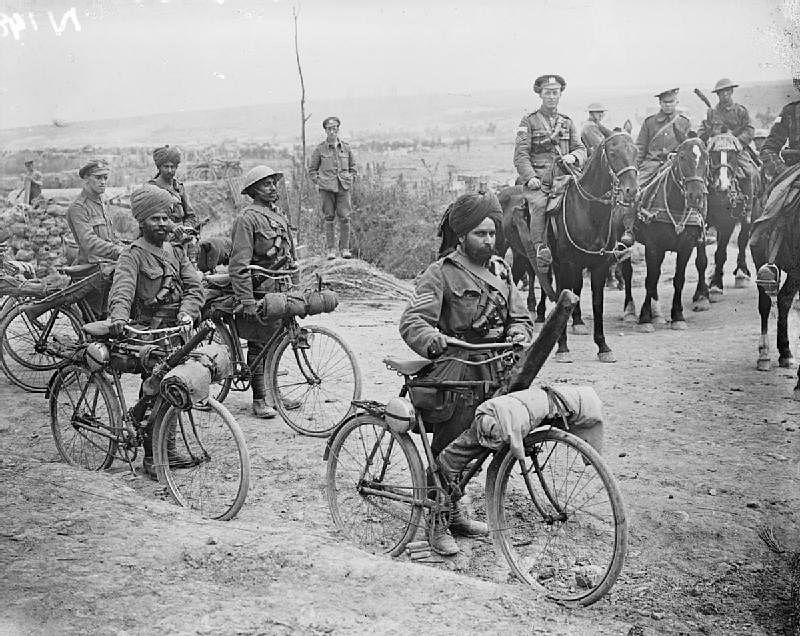Men of Colour in the White Man's War

What is great about World War 1? For one thing, it set the whole world ablaze, resulting in 16 million killed and 20 million wounded. While Europe remained the epicentre of the man-made catastrophe, over 4 million non-Europeans were grafted into the War, who became the cogs in the Great War Machine.
The most remarkable part of this War, according to one South African non-white war veteran, "was to see the different kinds of human races from all parts of the world." That does not mean the War created one melting pot. The whites were not necessarily happy to see the “coloured” men fighting alongside them. The British, for example, deliberately deployed the colonial troops in places outside Europe so that they did not have to raise arms against white men. Both France and India did racial profiling as the “colonial troops” were branded under "warlike" and "non-warlike" categories. Such profiling saw the employment of "manly" soldiers from Punjab and Nepal in the western front, while people from the sub-Saharan region were reduced to "beasts of burden." Earlier, Indian troops were not allowed to fight in the Boer War in South Africa. The logic, as surmised by Santanu Das, was: "If a ‘coloured’ man were trained to raise arms against another European, what guarantee was there... that he would not one day attack his own white master?" In hindsight, we know that the violence unleashed by the Great War eventually paved way for the end of colonialism.
Romancing the Great War, we often reflect on movies like All Quiet on the Western Front or poems of Rupert Brook or Wilfred Owen. Many episodes involving the non-Europeans are now beginning to capture popular attention. It is interesting to question why Indians were allowed to fight in the Western front, while other non-Europeans were not. One famous Indian who got decorated in the War was actually a 17-year-old Bengali student from Kolkata, Indra Lal Roy. He was a student at St. Paul's School when the War broke out. He joined the Royal Flying Corps in 1917 as a second lieutenant, and became the only Indian flying ace who claimed ten victories in the War. Roy was posthumously awarded the Distinguished Flying Cross (DFC). And the ancestral home of this man, who created a legacy, is in Barisal, Bangladesh.
The writer is Professor of English, University of Dhaka.

 For all latest news, follow The Daily Star's Google News channel.
For all latest news, follow The Daily Star's Google News channel. 



Comments